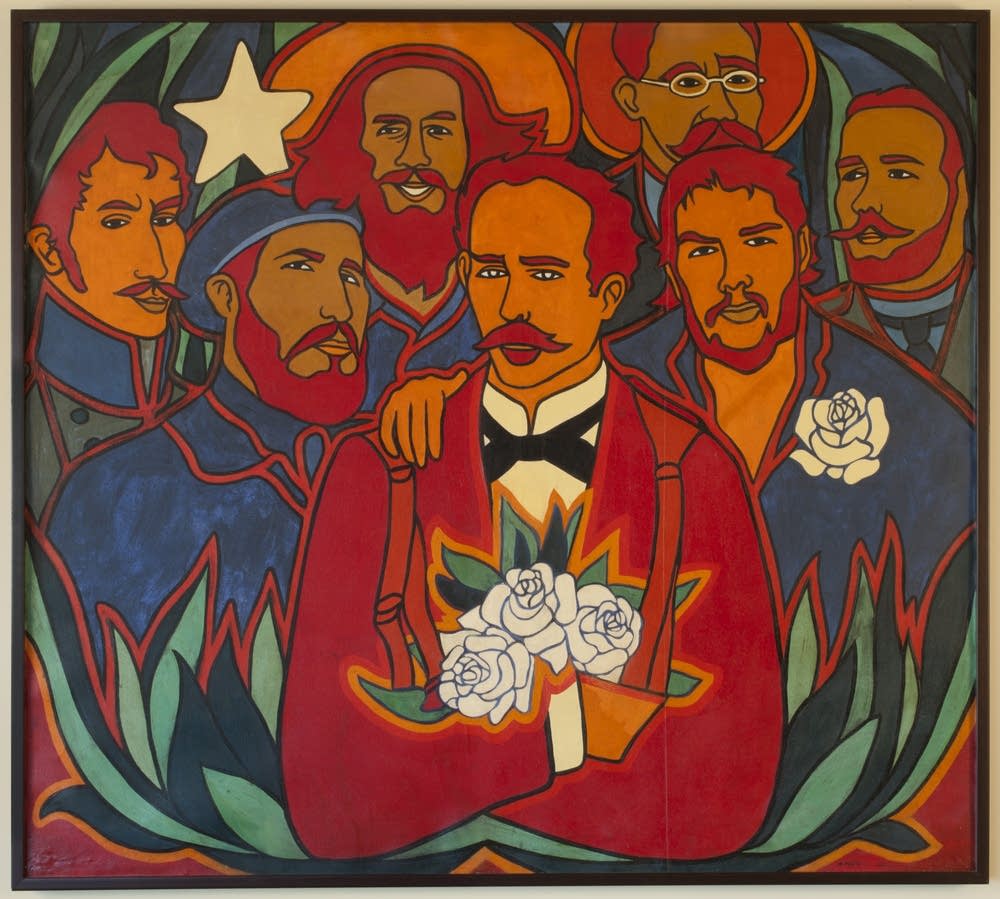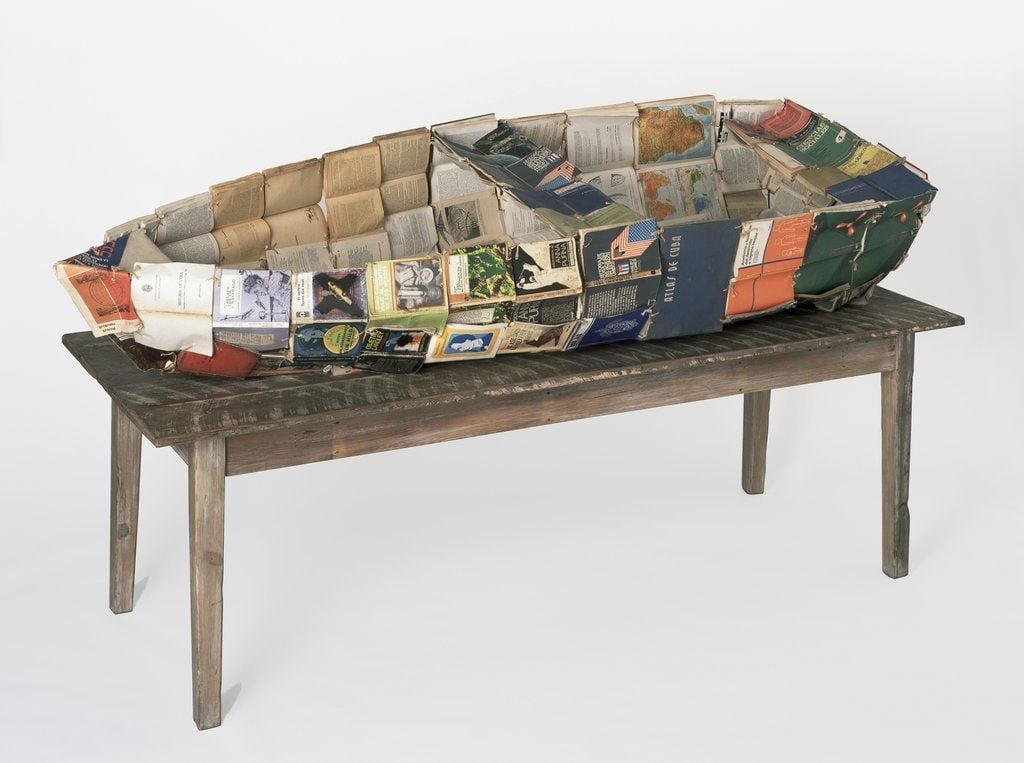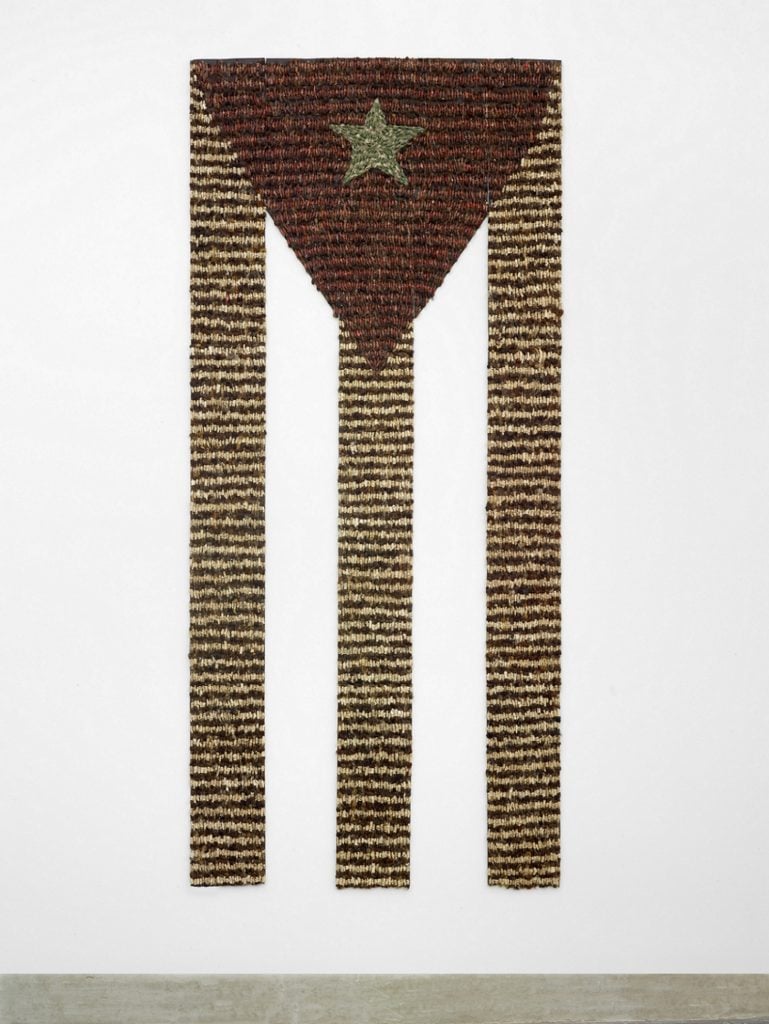Art & Exhibitions
Historic Survey of Modern and Contemporary Cuban Art Heads to the US
The show will appear at the Museum of Fine Arts, Houston and the Walker Art Center.

The show will appear at the Museum of Fine Arts, Houston and the Walker Art Center.

Sarah Cascone

When the biggest US exhibition of Cuban art in 70 years touches down at the Museum of Fine Arts, Houston in March 2017 and Minneapolis’s Walker Art Center in November 2017, audiences will find a different approach than what they might be used to. Rather than examining the experience of the Cuban emigre, the show will look at those who remained behind and the work made in the country since 1950.
The 100 works planned for “Adiós Utopia: Dreams and Deceptions in Cuban Art Since 1950” include loans from the US, Europe, the Caribbean, and Cuba. But where the Bronx Museum has run into red tape securing artworks from the National Fine Arts Museum in Havana for its planned “Wild Noise: Artwork from the Bronx Museum of the Arts and El Museo Nacional de Bellas Artes,” the Walker and the MFA Houston have arranged a number of public and private loans, often directly from the artists.
“We’re not actually borrowing anything from the Cuban state,” Olga Viso, the Walker’s executive director, told artnet News in a phone conversation, noting that the US and Cuba are not in a “diplomatic or political environment where that’s feasible right now.”

Kcho (Alexis Leyva Machado), Obras Escogidas (Selected Works), 1994. Courtesy of the Walker Art Center, Minneapolis, Clinton and Della Walker Acquisition Fund, 1996.
The Bronx Museum announced its show in January 2015, shortly after President Obama made public the restoration of diplomatic relations between the two nations. Plans for the show predated the president’s announcement.
“Wild Noise” was billed as the most significant visual arts exchange for the US and Cuba in half a century, and saw the Bronx Museum send over 100 works to the 12th Havana Biennial later that year. Part two was scheduled to open in the Bronx this spring, but has since been delayed to January 2017.
There has been speculation that the Cuban government will not fulfill promised loans out of concern that artworks could be claimed by Cubans exiled to the US as property confiscated by the Fidel Castro regime. Two board members resigned over the issue in August.

Tania Bruguera, Estadística (Statistics), 1995– 2000. Courtesy of the Museum of Fine Arts, Houston, Museum purchase funded by the Caribbean Art Fund and the Caroline Wiess Law Accessions Endowment Fund. © Tania Bruguera.
In contrast, Viso promised that “there are no provenance issues about any of the works that we’re borrowing.” The show, she added, “really is the most comprehensive look at modern and contemporary art in Cuba,” covering 65 years of artistic production and featuring over 50 artists and designers.
The exhibition will include painting, graphic design, photography, video, installation, and performance art. It is also broadly thematic, rather than chronological, and it will cover migration and aspirations of leaving the island; heroes of the revolution such as Che Guevara, whom Viso described as “such a pervasive symbol of Cuba;” the Cuban socialist dream of utopia; and the disillusionment with such values.
There will be under-known abstract geometric painting from the 1950s, which defies the commonly held stereotype of lyrical and romantic Cuban art. The exhibition will also feature graphic design-based poster art from the ’60s promoting the ideals of the Castro regime, and even more conceptual work from the 1990s, produced in part due to the post-Soviet economic crisis that made it difficult for artists to obtain more traditional supplies. The youngest artist included is just 28 years old.
Despite the exhibition’s broad range, “it’s not really meant to be exhaustive,” said Viso, noting that the show is focused on works that demonstrate the artistic evolution of the country’s artists, and the impact had by revolution and its aim to transform Cuba into a social utopia. “It’s looking at the Cuban national experience from the artists’ perspective.”
Like the Bronx Museum’s initiative, the Walker’s “Adiós Utopia” was in the works long before the current US-Cuba thaw. The museum has partnered on the show with the MFA Houston and the Cisneros Fontanals Art Foundation (CIFO), founded by Cuban collector and patron Ella Fontanals-Cisneros to promote Latin American art.
Viso sees the involvement of CIFO curators Gerardo Mosquera, Rene Francisco, and Elsa Vega, paired with her own expertise and that of MFA Houston chief curator of Latin American Art Mari Carmen Ramírez, as providing a grounded, balanced perspective for the exhibition that differs from the story generally told in both the US and Cuba.
“Many shows in the US have looked at the Cuban exiles’ experience. This is the chance to look at the artists who remained in Cuba,” Viso explained.
Additionally, she added, it doesn’t hurt to have CIFO’s on-the-ground presence in Cuba. “We can’t wire funds to build crates to transfer these works properly—there are all sorts of challenges.”
“It’s a really timely moment,” Viso said, “for US institutions to be looking at the history of Cuba, its art, and its people.”